What is Biodiversity?
Biodiversity refers to the variety of living species on earth, including plants, animals, bacteria, and fungi – National Geographic, 2022
In our case, we are monitoring biodiversity within the eelgrass meadows of Nova Scotia!
We will be utilizing multiple techniques in order to accurately assess biodiversity in the eelgrass beds (transects, seining, eDNA, and BRUVs). We will be using these techniques to monitor eelgrass beds pre and post restoration, as well as to monitor the biodiversity of untouched beds.
Transects
Transect studies are performed to take visual observations within a set area to see what species are present. We lay down 2 transects 50m each transect line, with 11 any quadrats spaced 10m amount apart and record and quantify the species found in each quadrant.

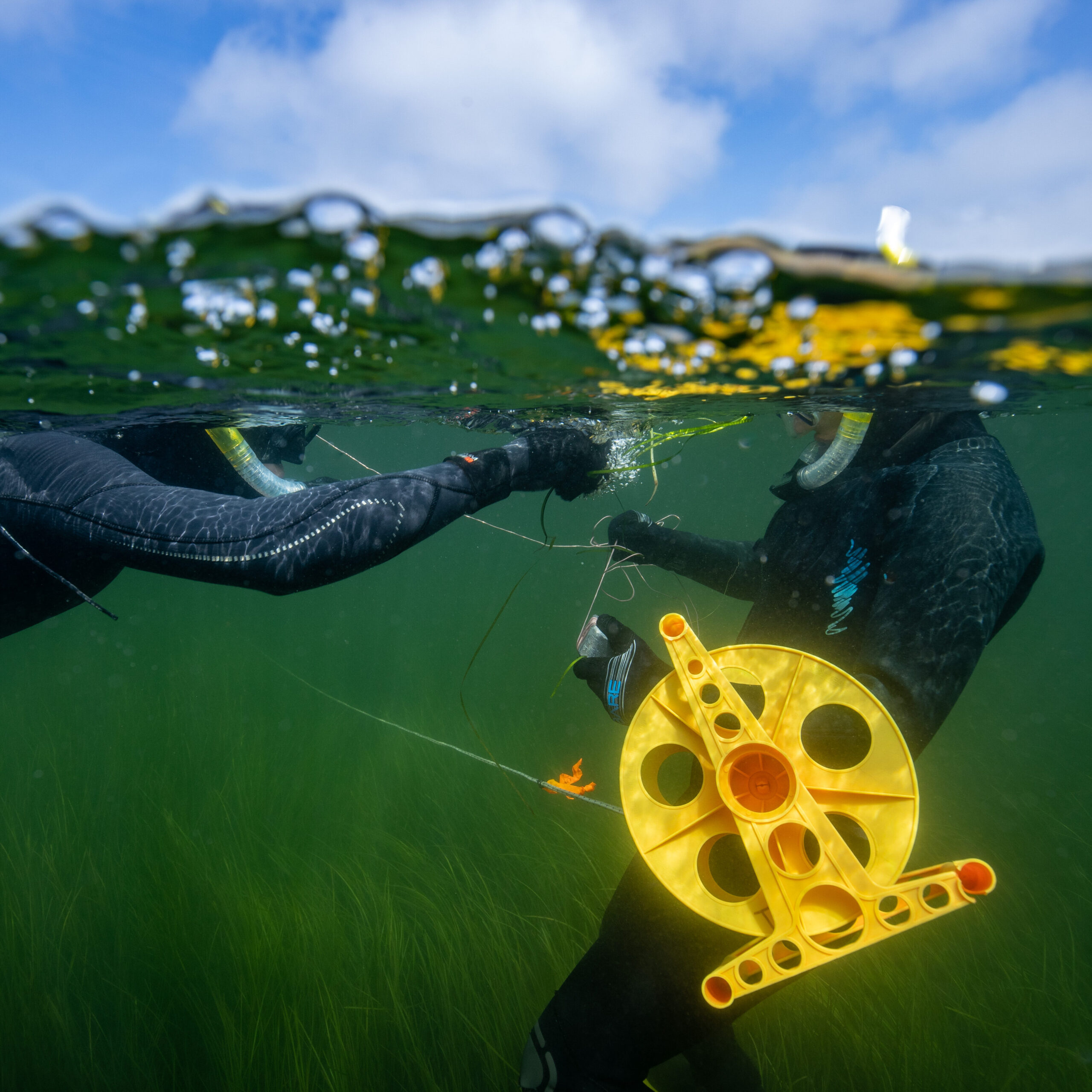

Seining
Seining is a great way to sample for biodiversity quickly and efficiently. Field technicians drag a net behind a boat and cover a large swath of eelgrass. The net is pulled along behind the boat until an adequate area has been covered when it is then slowly pulled to shore. All animals found in the net are counted and then released back into the eelgrass beds. We work alongside DFO for seining and have collected valuable information on the types of creatures that inhabit our eelgrass beds.
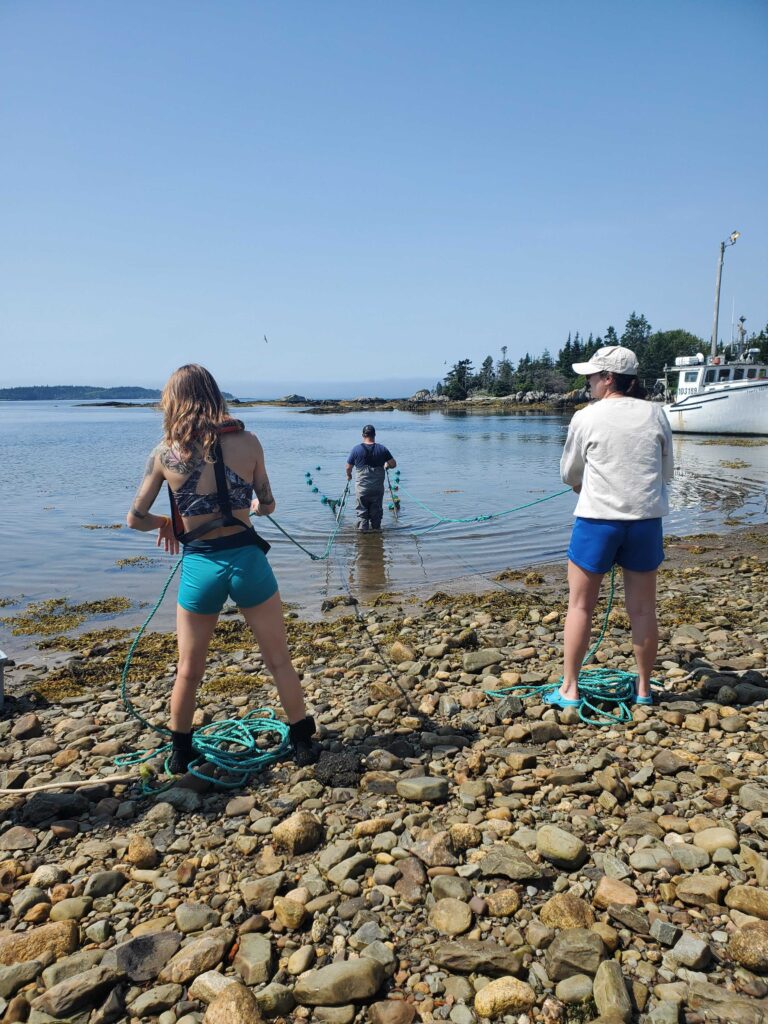
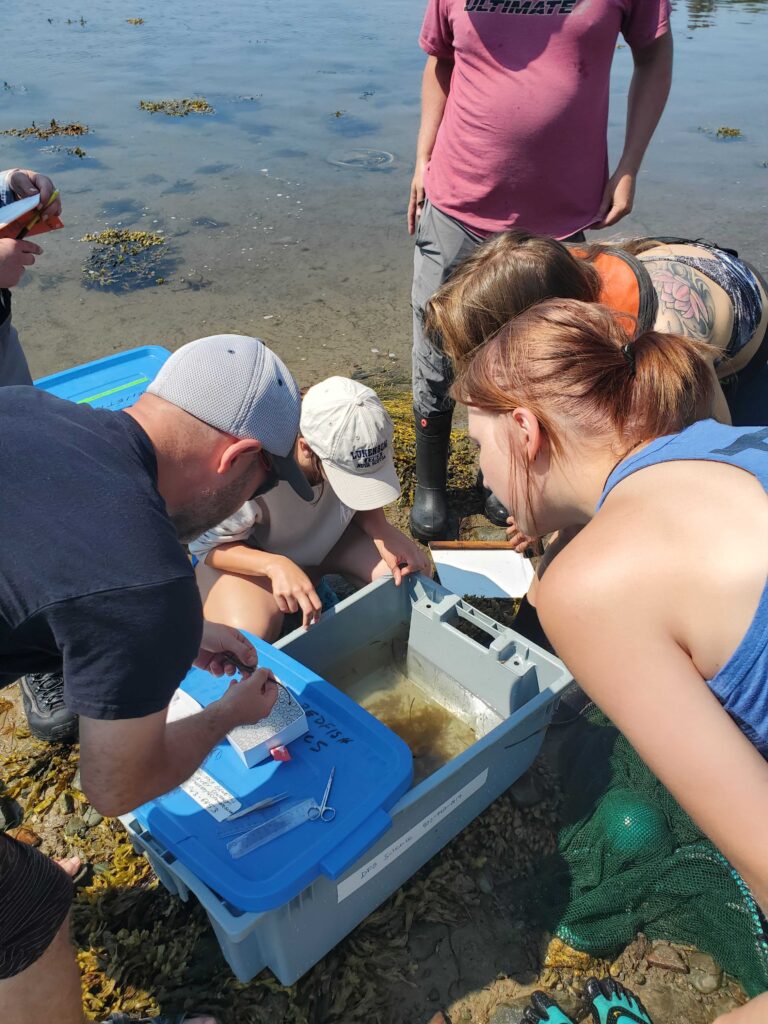
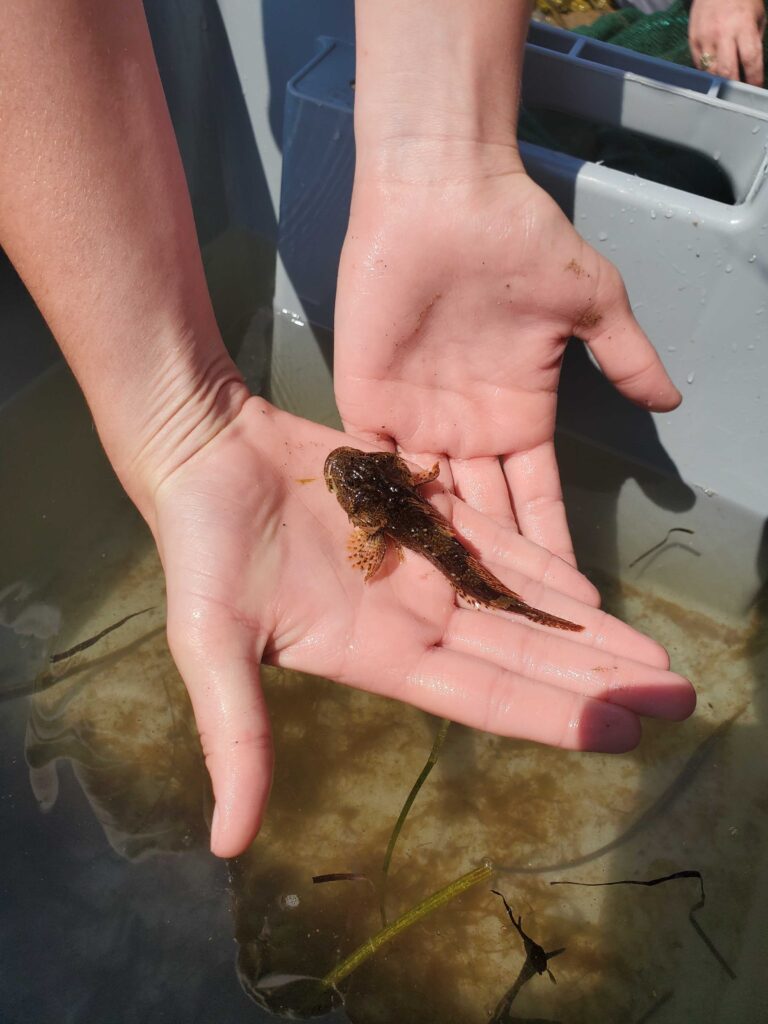
environmental dna
Every single animal that lives in our oceans leeches DNA into the water in the form of feces, skin cells, scales, fluids, etc. eDNA (Environmental DNA) is another great way to analyze local biodiversity without coming into contact with local species. Unlike seining, which is very hands on, eDNA sampling is a minimally invasive approach to biodiversity monitoring. eDNA stays in the water column anywhere from a few hours to a few days, and utilizing tools like the Smith Root Citizen Science Sampler (pictured below) we can gather and extract eDNA for testing. With the use of polymerase chain reaction (PCR) and other genetic tools, you can see which species are living in the nearby water.
Water is firstly pumped through filters attached to the sampler and the filters are then taken back to the lab for further analysis. The collected eDNA is extracted off of the filter and is run through PCR, which creates many, many copies of the DNA. The first step is to denaturing the double-stranded DNA into a single strand before short, single-stranded DNA sequences (known as primers) bind to a specific region of whatever DNA we are looking for. Then, more DNA bases are added after the primer to create a new double-stranded DNA. We repeat this cycle many times to create multiple copies of our target DNA for analysis!
We also use something called Meta-barcoding, a process by which we can identify all species that have contributed DNA to our sample. After PCR is used to amplify our eDNA, the sample is sequenced for observation. Though some of the sequences are very similar, they are different enough that we can use bioinformatics to identify which species the DNA came from! See the infographic below for more information, and visit the Bentzen lab for more molecular ecology and conservation!

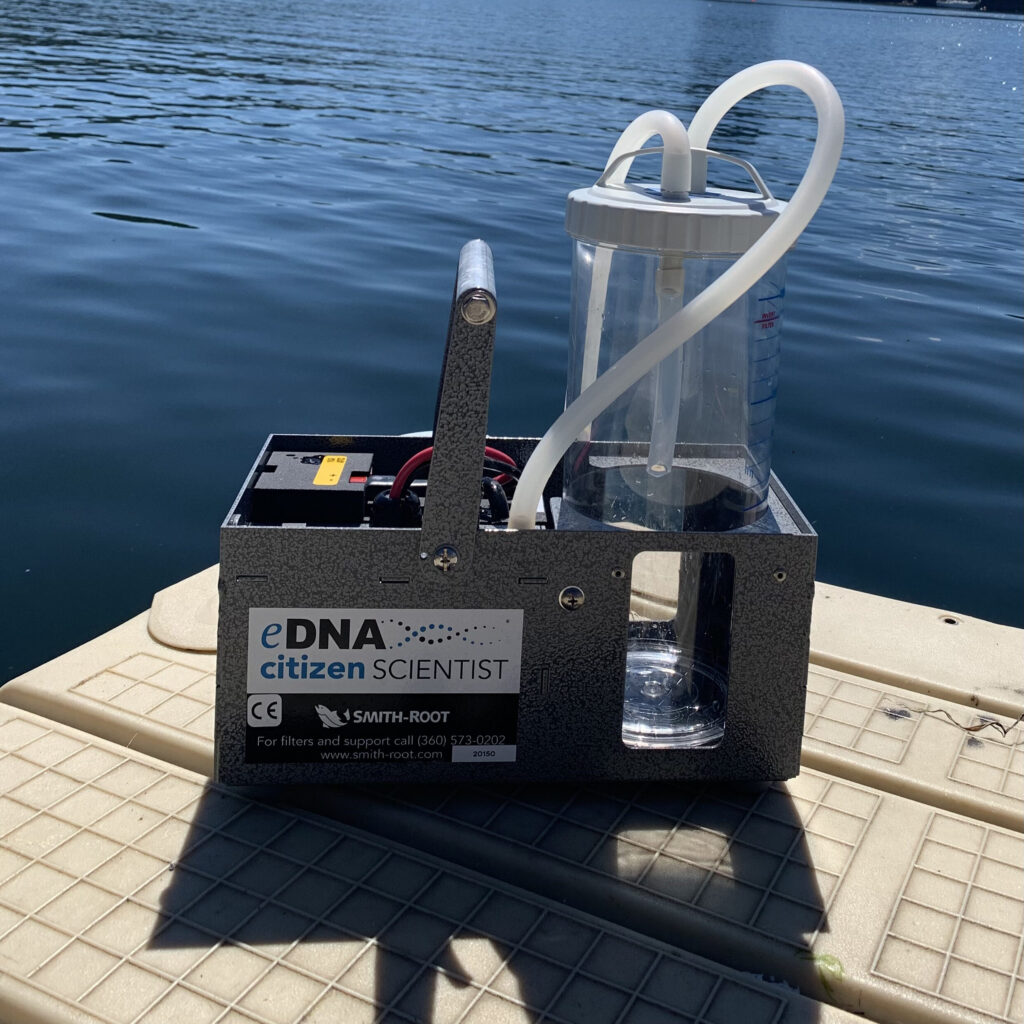

BRUVs
BRUVs, or Baited Remote Underwater Video, are underwater video cameras that get loaded with bait and deployed into an environment (we are partial to canned sardines).
In our project, we will be deploying these BRUVs into eelgrass beds. They can be deployed for different amounts of time, and they video record the different species that are coming to feed on the bait or are in the vicinity of the camera. This can give you an idea of what organisms are feeding and living in the eelgrass bed, without disturbing them with human presence.
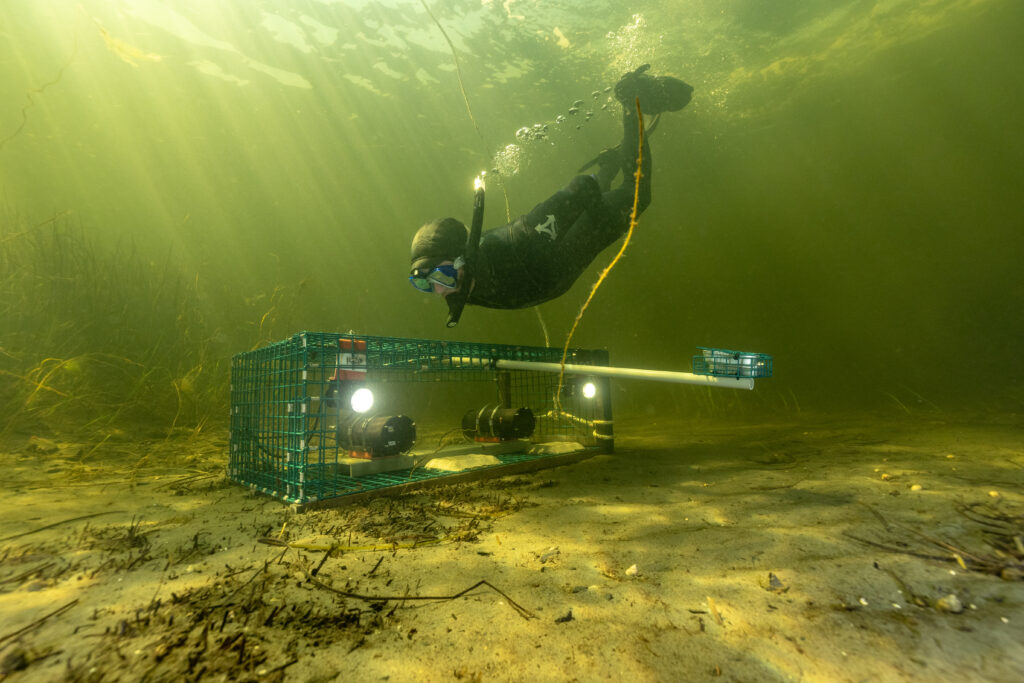
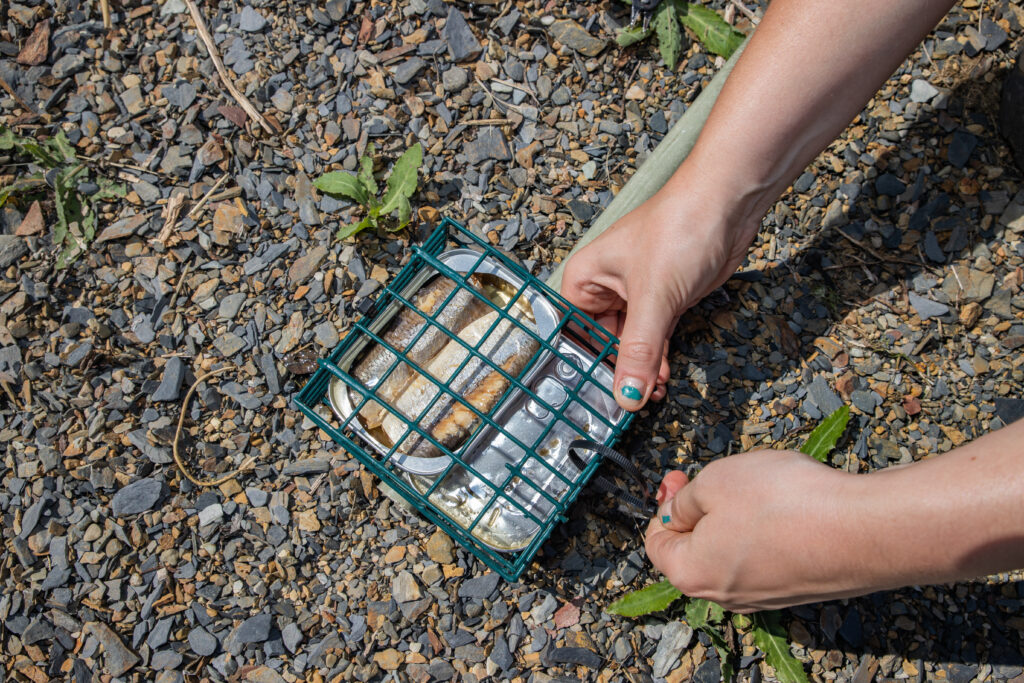
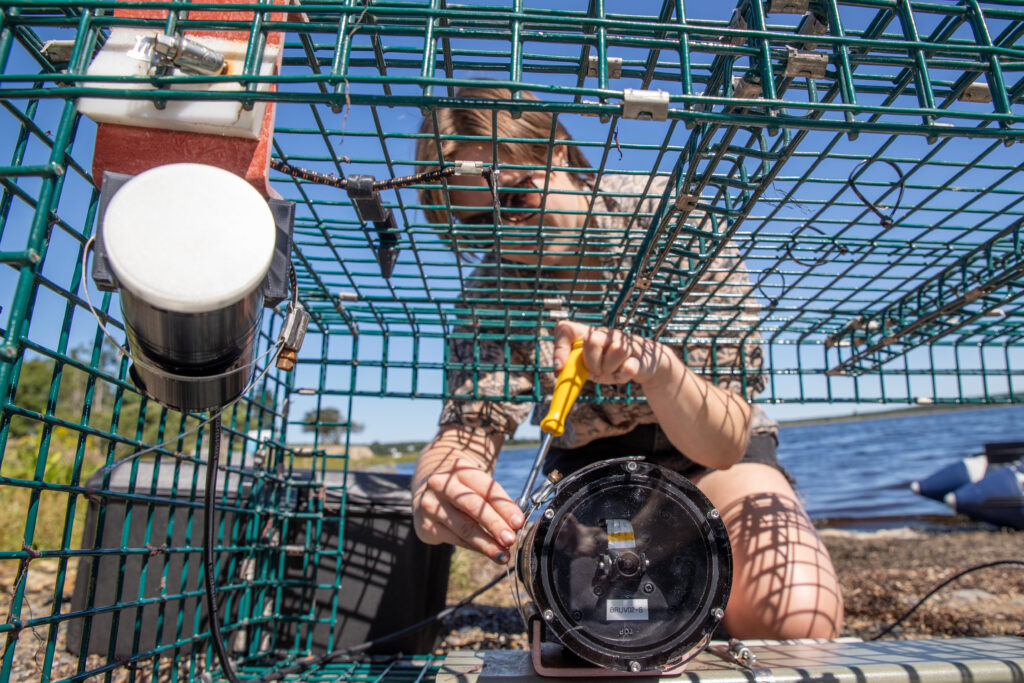
Thank you to our Scientific Collaborations for all of their hard work on our project
Bentzen Lab – Molcecular Ecology and Conservation
Kienstat Lab – Ocean Biogeochemistry and Paleoceanography
